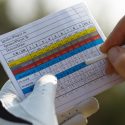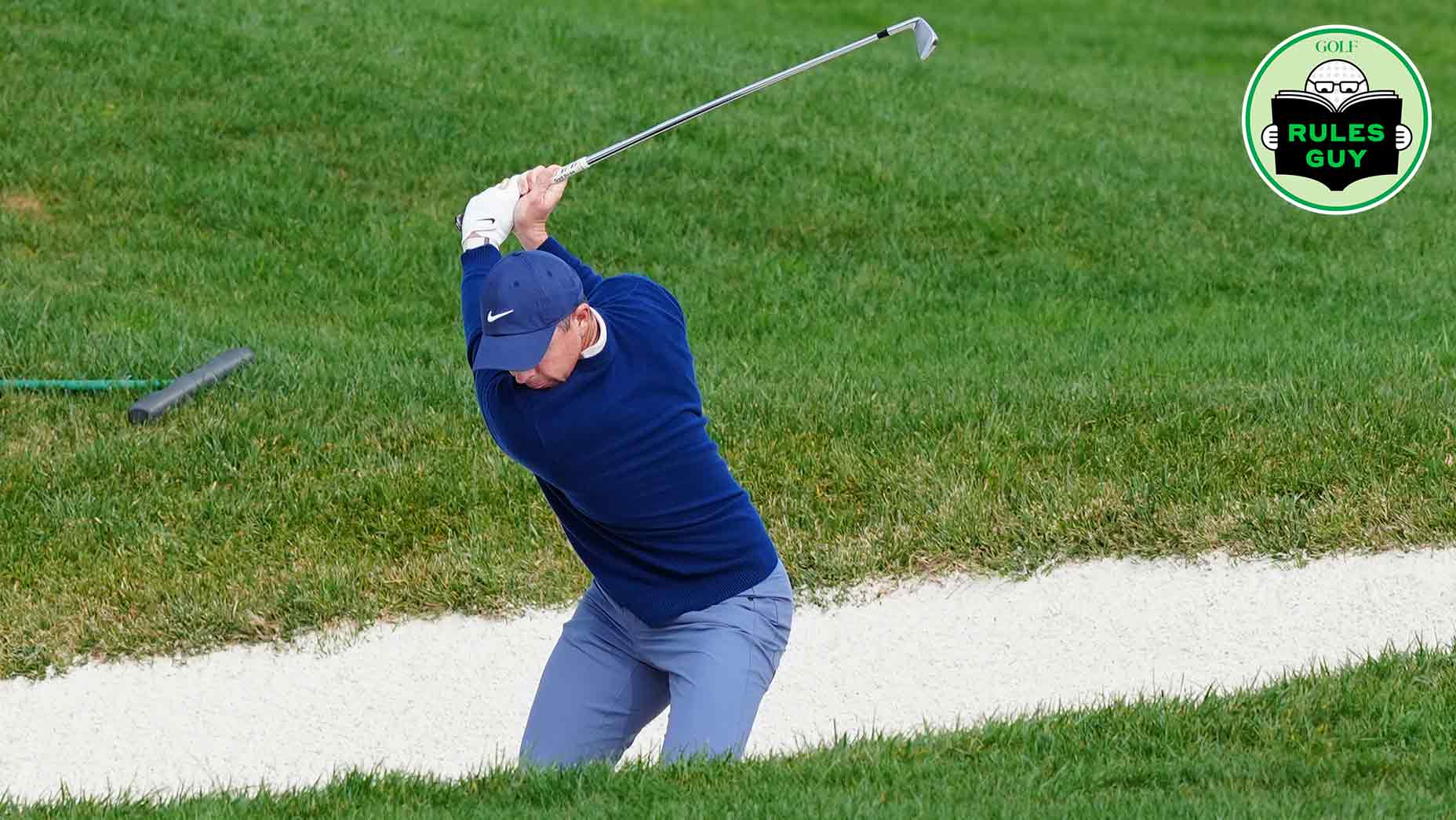 Rules Guy: Is it a penalty if you give the wrong information about which stroke you’re on?
Rules Guy: Is it a penalty if you give the wrong information about which stroke you’re on?
Your handicap is about to change! Everything you need to know about the new system
The USGA and R&A have worked steadfastly to create a new world order … of handicaps. The result is a system that every golfer in the world can use at any course in the world. One that will allow you to compete equitably whether you’re playing a match in Dublin, Ohio, or Dublin, Ireland, Africa or Arkansas. The burning question for many golfers: Will my current index increase or decrease? It will, but not by much (look for it to go up or down a tick or two if keep your handicap in the U.S, maybe none at all.; look for it to rise slightly if you play in the British Isles). More important, the way you keep a handicap will be altered. Here’s everything you need to know with a little help from Steve Edmondson, the USGA’s managing director of handicapping and course rating.
What is happening to my handicap?
In short, it is getting better and global. For most folks who use the USGA Handicap System there will be little change. The current system computes your 10 best scores from your 20 most recent rounds. Under the new system only your top eight rounds will count toward your handicap, so if those 9th and 10th best rounds aren’t so hot, expect your index to improve. The 96% multiplier that existed in the old handicap system no longer exists, which should make calculating index changes in your head a bit easier for those quick with numbers.
I thought there already was a world handicap system?
Nope! There are actually six different systems in place around the world. Today, when American golfers want to post a score abroad, they might discover that that course may not have been rated via the USGA Course Rating System. Beginning next year all courses across the world — save for a few — will have the same grading system, dubbed “The Course Rating System.” This is a significant change that required raters to get out and assess roughly 3,000 courses around the world. No small job. Take a sprawling continent like Africa, for example. Raters there started in South Africa, Edmondson says, “and once they finished all their courses, they branched out to Angola, to Botswana, to Comoros, to DRC, Madagascar, Malawi.”
I don’t have a handicap, what should I do?
Get one! It is easier than ever. You’ll only have to play three rounds, or six nine-hole rounds, to create a Handicap Index. The old system required five 18-hole rounds. This change makes it easier for players to establish a handicap, so take advantage.
But I’m not good enough for a handicap…
Yes, you are! The new maximum index is 54.0 instead of what was 36.4 for men and 40.4 for women. Beginners are encouraged to take up a handicap, even if they’re just learning the game. “It’s all about greater enjoyment in the game,” Edmondson said. “Going out and having fun. This is a fun game. It would be hard to argue that a Handicap Index doesn’t help with greater enjoyment of the game. It allows us, no matter if we’re playing competitively or just having fun, to really have that fairness when we’re playing one another.”
What does it cost?
To create a truly worldwide system, there’s a lot of technology and man-hours involved. That isn’t free! But for you, the annual charge is about $20-30. That’s the price of one more bucket of balls a couple times a year! You can fit it into your budget. If not, you likely won’t be able to compete in officially sanctioned events. Find a USGA Allied Golf Association (typically your state golf association) website for more information.
How soon should I post scores after playing?
As soon as possible, and it’s worth it. The old system would revise your index bimonthly, on the 1st and 15th. The new system will update every single day. So your great round yesterday could impact your handicap tomorrow. The USGA has a GHIN App that makes it very easy to log scores immediately after a round. This has some ramifications for your annual club championship. In the past, if your championship took place on, say, June 24, your handicap from June 15 was used, and all scores from June 16-23 didn’t matter. Now, those scores will have more relevance.
What about nine-hole scores? Do they count?
Absolutely. In fact, it’s encouraged! The more data points, the more sound your Handicap Index will be.
ADVERTISEMENT
What happens when I shoot 90 in good weather and 92 in bad weather?
The latter might actually improve your index more than the former. Because of the new Playing Conditions Calculation (PCC), scores posted at the same course on the same day will help determine if the course played more difficult (or easier) than normal, due to conditions or setup. Handicap differentials from all abilities of players will work together to create this calculation, and your handicap could be impacted because of it. “You look at the field for all scores posted on that day, regardless of what tee they played,” Edmondson said. “We know from our player equations from what we’ve modeled in the Handicap Index what are the expected scores for every golfer. When you get so many golfers that are higher or lower — outside of that [score] funnel — you would have an adjustment. This course played one stroke harder [than normal]. This course played two strokes harder. This course played one stroke easier.”
According to the USGA, this adjustment will not happen often, but it’s another reason why it’s important to post your score on the day you played. Scores posted retroactively will not contribute to the PCC, though they will be impacted by it. You’re helping the USGA (and golfers everywhere) by feeding more data into the system.
What does this mean for Equitable Stroke Control?
We’re impressed you know what ESC is! For those who don’t, a quick primer: At its core, handicapping is a hole-by-hole exercise, in which each hole has a maximum number of strokes one can make. The new guideline is Net Double Bogey.
If a player with a course handicap of 15 is playing the hole rated 11th-most difficult, the worst score he or she can submit on that hole would be a double bogey plus 1 — i.e., if the 11th-most difficult hole is a par 3, a score of 6 on that hole would register as a net double bogey.
Likewise, if a player with a course handicap of 15 is playing the 17th-most difficult hole, the worst score he or she could submit would simply be a double bogey, given the “net” aspect doesn’t apply on that 17th-toughest hole.
Any other major changes?
There are new handiCAPS, as in “caps” on your index if you run into poor form. Get the shanks for a month? Sheesh. If you post six scores in the 100s when you’re normally an 80s-shooter, you will probably run into what is now called the “soft cap.” If your handicap decreases (gets worse) by three points in a 12-month span, further decreases will only be calculated at 50%. Heaven forbid those shanks continue, a “hard cap” is instituted when your index decreases by five in a 12-month span.
When does this all begin?
Soon! The World Handicap System switch will flip during the first full week of January, 2020. So, who’s up for a little winter golf?
To receive GOLF’s all-new newsletters, subscribe for free here.
ADVERTISEMENT








